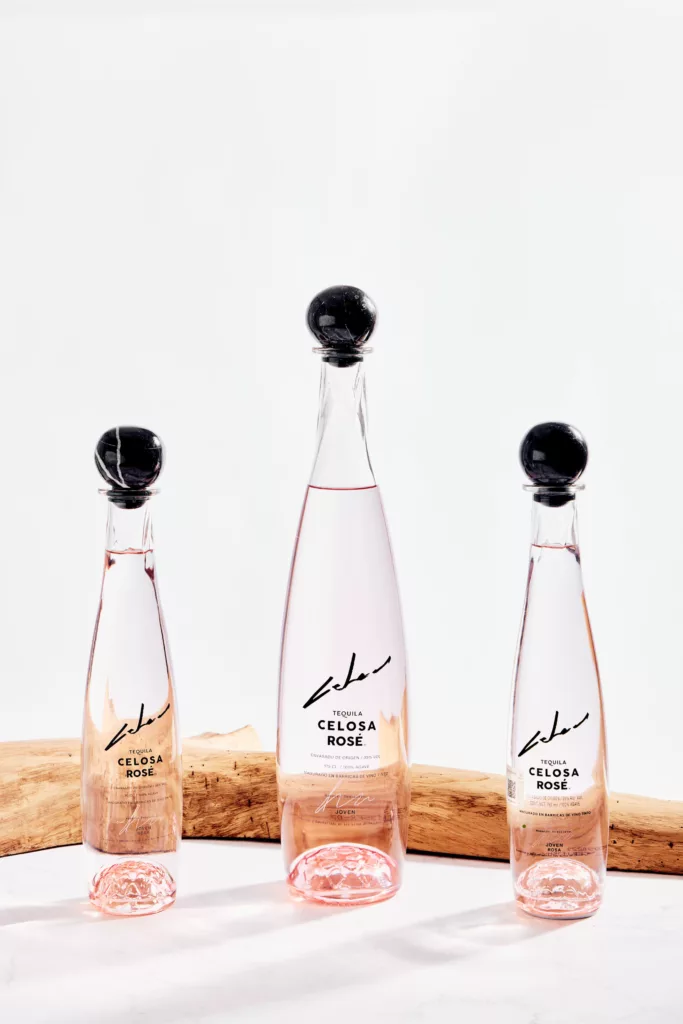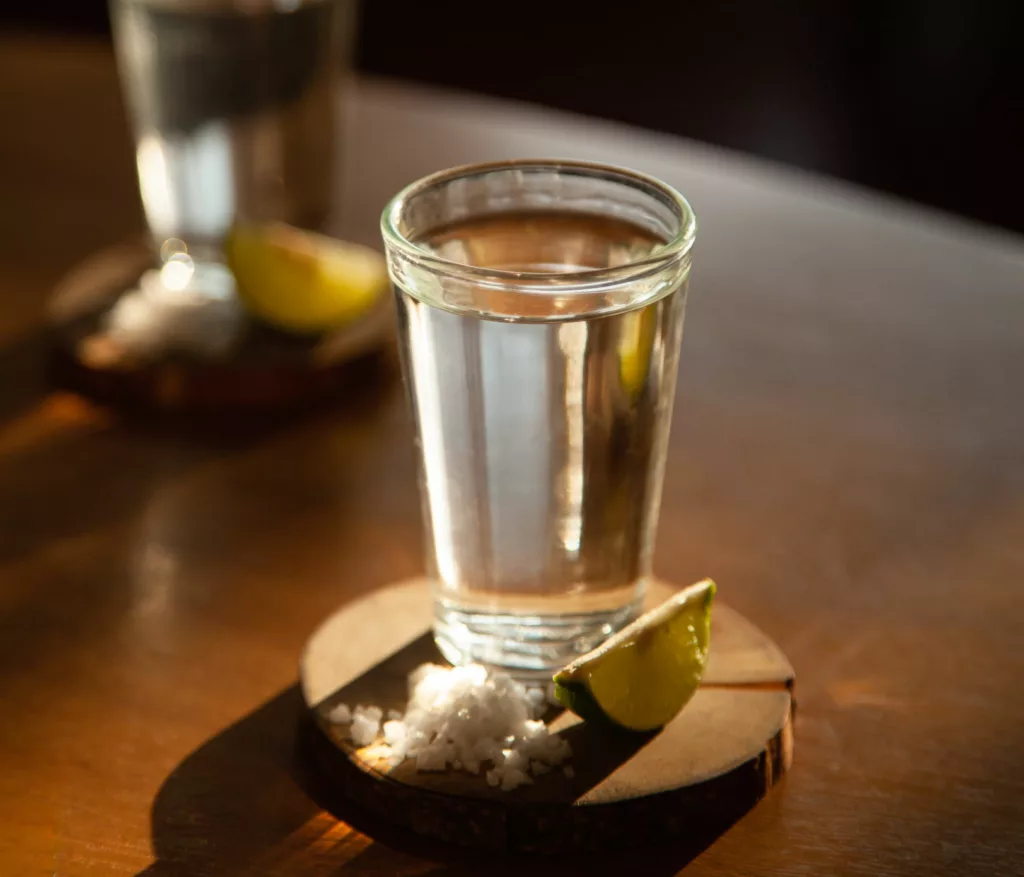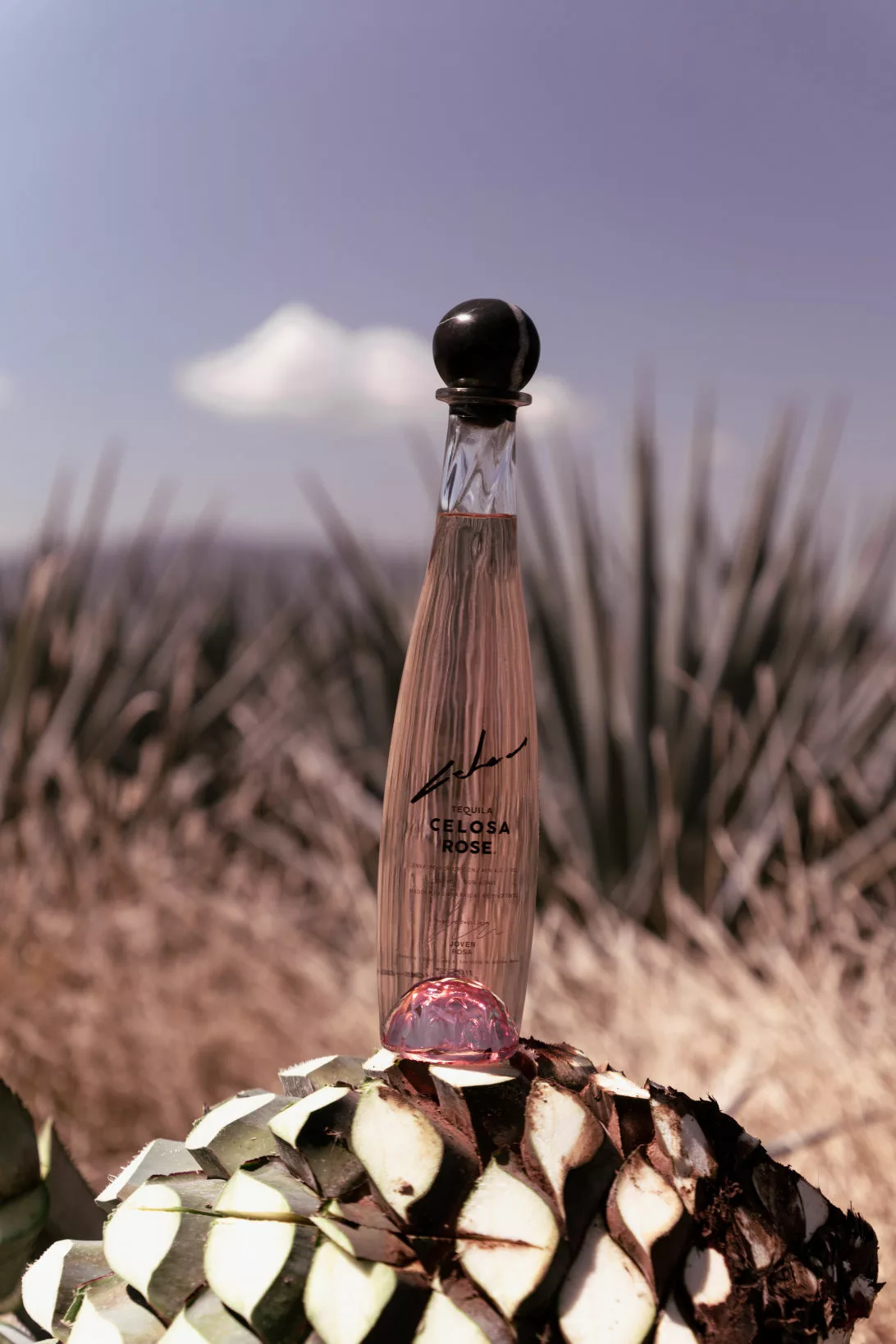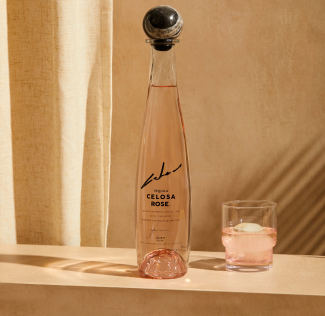What is a Mexican Tequila
Mexican tequila is a special kind of drink made only in Mexico, much like how true champagne can only come from its namesake region in France. To be called tequila, it must be produced from the blue agave plant, primarily in the area around Tequila, a small town in Jalisco. The magic of tequila begins with the blue agave. This plant gives tequila its distinct flavor, which ranges from sweet and floral to earthy and peppery, depending on how it’s made.
Tequila has rules it must follow to earn its name. First, it must be made in certain Mexican states, with Jalisco being the most famous. Second, it has to contain at least 51% blue agave, though the best ones—called “100% agave”—are made entirely from the plant, offering a purer taste.
Why does tequila taste different in Mexico?
Have you ever noticed that food and drinks taste better at their place of origin? Tequila is no exception. In Mexico, tequila tastes different, and here’s why: the environment. When you sip tequila in Mexico, you’re not just tasting the drink; you’re experiencing the land, the climate, and the local water, all of which play a crucial role in its creation. The mineral-rich volcanic soil of the regions where agave is grown lends a unique flavor profile that can’t be replicated elsewhere. Moreover, the tradition and care put into each bottle by local producers enhance the tasting experience, making it more authentic and special.
What is the difference between tequila and mezcal?

Tequila and mezcal are often mentioned in the same breath, but they are distinct spirits with their own unique characteristics. Both are made from agave, but while tequila is produced exclusively from blue agave, mezcal can be made from over 30 types of agave, giving it a wider variety of flavors.
The production process also sets them apart. Mezcal is traditionally made by cooking the agave in pit ovens, which are earthen mounds over pits of hot rocks. This method gives mezcal a smoky flavor that’s much loved by its fans. Tequila, on the other hand, usually steams the agave in above-ground ovens, leading to a cleaner, sweeter taste.
While tequila has a smoother and more refined flavor, often enjoyed in cocktails or sipped neat, mezcal offers a bold, smoky essence that makes it stand out. Both spirits are deeply rooted in Mexican culture but offer different experiences to those who drink them.
Tequila Production Process
Making tequila is like creating a masterpiece; it requires skill, patience, and a deep respect for tradition. The journey from the agave fields to your glass is fascinating.
Blue Agave Plant
The blue agave is the star of the tequila show. It’s a remarkable plant that looks a bit like a giant, spiky pineapple and thrives in the rich, volcanic soil of Mexico. The blue agave is unique because it stores its sweetness in the core, or “piña,” which is used to make tequila. It takes between 5 to 7 years for a blue agave plant to be ready for harvest, growing slowly to pack in all the flavors that make tequila so special.
Agave Fields in Mexico
Imagine rolling hills under the Mexican sun, filled as far as the eye can see with rows of blue agave. These fields are not just beautiful; they’re where the magic begins. The regions around Jalisco are famous for their agave fields. The climate here is perfect for growing agave, with just the right amount of rain and sunshine. The soil is volcanic, rich and full of minerals, helping the blue agave plants grow big and healthy.
Harvesting and Processing Agave
When the agave is ripe, it’s time for the “jimadores” to step in. These skilled workers use a tool called a “coa” to carefully remove the leaves and reveal the piña. The heart of the agave is then taken to the distillery, where it’s cut up and cooked. This cooking process converts the natural sugars into fermentable ones, setting the stage for the magic of fermentation.
Fermentation and Distillation
After cooking, the agave hearts are crushed to extract a sweet juice called “aguamiel.” This juice is then fermented, turning the sugars into alcohol. This bubbling brew is then distilled, often twice, to purify the liquid and boost its alcohol content. What comes out is a clear, potent spirit: the essence of tequila.
Aging in Oak Barrels
Not all tequilas are created equal, and aging plays a big role in their flavor. After distillation, some tequilas are bottled straight away as “blanco” or “silver” tequilas. Others, however, are aged in oak barrels. The wood gives the tequila a golden color and rich flavors like vanilla, caramel, and spices. The longer the tequila ages, the smoother and more complex it becomes. There are different categories based on aging time, including “reposado,” “añejo,” and “extra añejo,” each offering a unique taste experience.
Types of Tequila

Tequila comes in several types, each offering a different taste experience. From the clear and lively Blanco to the deep and complex Extra Añejo, there’s a tequila for every occasion and preference.
Blanco/Plata Tequila
Blanco, also known as Plata or “silver” tequila, is the purest form of tequila. It’s bottled right after distillation or stored in stainless steel tanks for up to two months, allowing the true flavors of the blue agave to shine through. Blanco tequila is bright, fresh, and often has a strong agave flavor with hints of citrus and pepper. It’s perfect for mixed drinks like margaritas because it adds a clean, crisp taste that enhances the other ingredients.
Reposado Tequila
Reposado means “rested,” and that’s exactly what this tequila does. After distillation, it rests in oak barrels for anywhere from two months to a year. This short aging period gives Reposado tequila a golden color and a smooth, balanced flavor. You might taste notes of oak, vanilla, or caramel, which come from the wood. Reposado strikes a beautiful balance between the boldness of Blanco and the richness of the older tequilas, making it a versatile choice for sipping or cocktails
Añejo Tequila
Añejo, meaning “aged,” is tequila that has spent one to three years in oak barrels. This longer aging process transforms the spirit, giving it a deeper color and more complex flavors. Añejo tequila is known for its smoothness and the rich, warm notes of wood, spice, and dried fruits. It’s often enjoyed on its own, similar to how one might savor a good whiskey, allowing the drinker to appreciate its intricate character
Extra Añejo Tequila
Extra Añejo is the elder statesman of tequila, aged for more than three years in oak barrels. This extended aging period makes it the most complex and smoothest of all tequila types. Extra Añejo has a dark, rich color and an incredibly smooth, sophisticated flavor profile that includes hints of vanilla, chocolate, and coffee. Due to its complexity and smoothness, it’s usually sipped neat, offering a luxurious experience that celebrates the art of tequila making.
Tequila Traditions and Culture

Tequila symbolizes Mexico’s national pride and is a key part of the country’s traditions and culture.
Historical Significance of Tequila in Mexico
Tequila’s story begins hundreds of years ago, deeply rooted in the history of Mexico. Originally produced by the indigenous peoples of Mexico, the distillation process was refined after the Spanish arrived, bringing with them distillation techniques from Europe. Tequila was first distilled in the 16th century in the area now known as the state of Jalisco. Over the centuries, it has grown from a local artisanal beverage to a global phenomenon, all the while remaining a steadfast symbol of Mexican heritage and pride.
Tequila in Mexican Festivals and Celebrations
In Mexico, tequila is at the heart of celebrations and gatherings, from national holidays like Cinco de Mayo and the Day of the Dead to weddings and birthdays. It’s a way of bringing people together, symbolizing unity and joy. During these festivities, tequila is often enjoyed neat, with a side of sangrita (a sweet, sour, and spicy drink) or as part of traditional cocktails like margaritas and palomas, adding to the colorful and vibrant atmosphere of Mexican celebrations.
Tequila Cocktails and Mixology
Tequila’s versatility makes it a favorite among bartenders and cocktail enthusiasts worldwide. It forms the base of famous drinks like the margarita, tequila sunrise, and the less known but equally delicious charro negro. Modern mixologists love to experiment with tequila, combining it with a wide range of flavors to create innovative drinks that honor its rich flavors while introducing it to new audiences. Whether in a classic cocktail or a modern concoction, tequila adds a lively, spirited kick that’s hard to match.
Tequila Tasting and Appreciation
Appreciating tequila is an art, much like wine tasting. It involves savoring the aroma, color, and flavor of the spirit. Tasting sessions often involve comparing different types of tequila to understand the nuances of each. From the fresh and vibrant blanco to the rich and complex extra añejo, each sip tells a story of the agave, the land, and the craftsmanship that went into making it. Learning to appreciate these details enhances the experience, making each glass of tequila a journey through the heart of Mexico.
Conclusion
Tequila is not just a drink; it’s a big part of Mexico’s heart. It tells the story of the land, the people, and their traditions. Whether it’s in a fun cocktail or a smooth sip that warms your soul, tequila brings us all a little closer to Mexico. It’s a celebration, a taste, and a tradition all in one.
Feeling inspired to try some truly special tequila? Head over to Celosa Tequila’s shop to explore our premium tequila. Discover the spirit of Mexico in every bottle.





